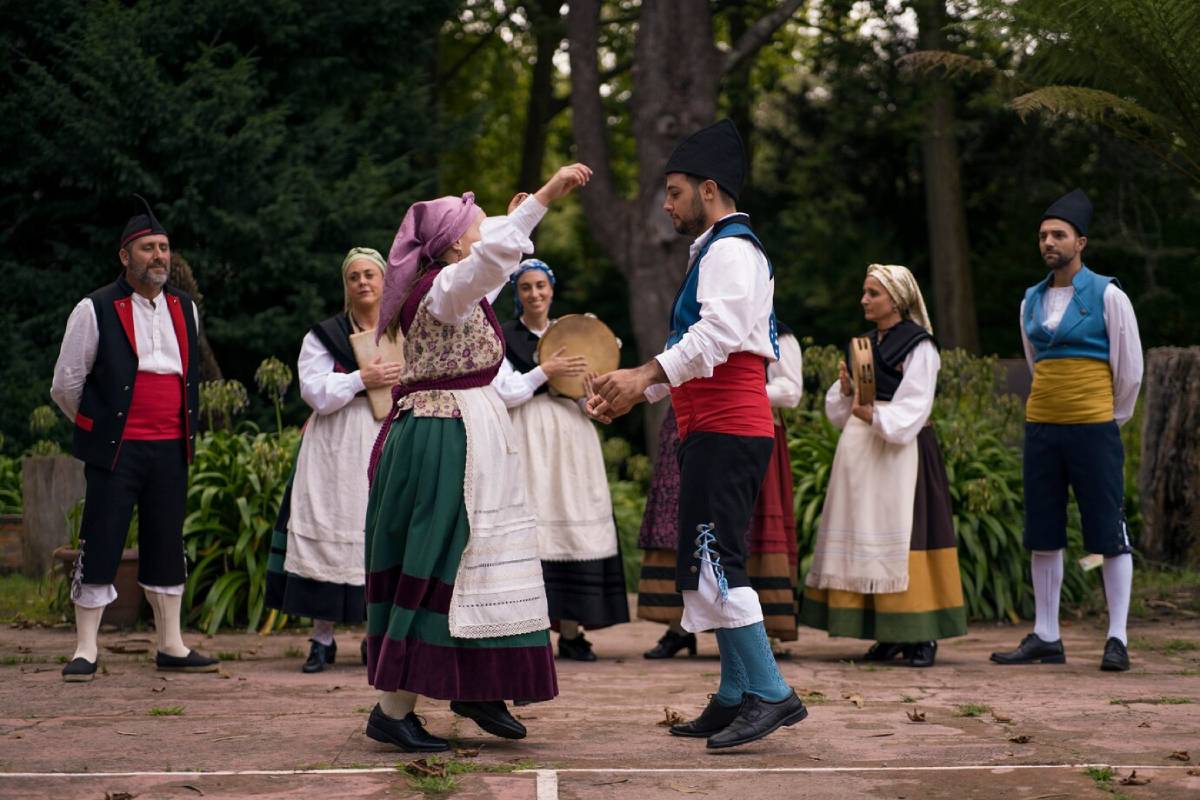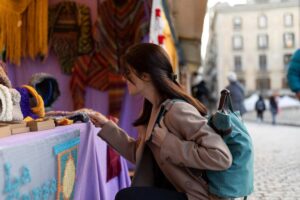Travel Blogs

Understanding Cultural Sustainability in Travel
Travel is exciting. You get to see new places, meet different people, and learn about other ways of life. But travel can also harm the places you visit, especially when it disrespects local cultures.
That’s where cultural sustainability comes in. This idea means caring for and protecting the customs, languages, art, and heritage of the people you meet. It’s about more than just taking photos or watching performances. It’s about showing real respect.
In this guide, you’ll learn how to travel in a way that keeps cultures alive. You’ll see how your choices as a tourist can make a big difference. When you understand and support local people, your trip becomes better for everyone.
What Is Cultural Sustainability?

Cultural sustainability is the idea that cultures should be protected and supported. Every culture is unique. It has its own stories, music, food, beliefs, and ways of life. But tourism can sometimes change these things.
If too many visitors come and expect a certain experience, locals might change their traditions to match tourist demands. That’s not fair. Culture isn’t a show — it’s a way of life.
Travelling with care helps protect that.
Why It’s Important
Culture is part of what makes each place special. When tourism is careless, it can damage the very thing that people came to enjoy.
You might see:
- Traditional clothing sold as cheap costumes
- Sacred ceremonies turned into photo ops
- Hand-made art replaced by plastic souvenirs
- Local customs changed to suit foreign tastes
Cultural sustainability keeps these things from happening. It helps communities keep their identity while still welcoming travellers.
How Tourism Affects Culture
The Good Side
When done well, tourism helps local culture grow stronger.
Here’s how:
- It brings money to artists, performers, and small shops.
- It encourages people to keep their skills and crafts alive.
- It helps preserve historic places.
- It allows cultures to share their stories with the world.
For example, in some villages, young people are learning traditional dance again because tourists want to see it — and pay for it.
The Bad Side
But tourism also brings problems when it’s not thoughtful.
It can:
- Turn real traditions into fake shows
- Raise prices so locals can’t afford their own homes
- Create stereotypes
- Make sacred items into cheap gifts
This happens when people treat travel like entertainment, not learning. That’s why responsible tourism is so important.
How You Can Travel More Respectfully
You don’t need to be perfect. You just need to be mindful. Here are simple ways to travel with care.
1. Learn Before You Go
Take time to read about your destination. Even 20 minutes of research can help you avoid mistakes.
Look up:
- Common greetings
- What clothes are respectful
- Rules for visiting temples or sacred sites
- Local customs and what not to do
This helps you blend in and shows you care.
2. Support Local Businesses

Try to spend your money where it matters most.
Choose:
- Family-run hotels or homestays
- Street food or small local restaurants
- Art and crafts sold directly by the maker
- Tours led by locals
This keeps money in the community. It also gives you a better, more real experience.
3. Be Polite with Your Camera
Always ask before taking pictures of people. Some may not want their photo taken, especially during religious or personal moments.
Avoid:
- Taking photos of children without asking
- Filming ceremonies or sacred rituals
- Using a camera in places marked “no photography”
A kind word and a smile go a long way.
4. Look for Real Experiences
Try to avoid shows or events made only for tourists. They often lose meaning.
Instead, choose:
- A cooking class in a local home
- A weaving or pottery workshop
- A guided walk with a community leader
- A visit to a local school, with permission
These moments feel more personal and real.
5. Learn a Few Local Words
Even simple phrases can make a big difference.
Try:
- Hello
- Thank you
- Please
- How are you?
- Goodbye
People will appreciate your effort, even if you make mistakes.
Shopping for Ethical Souvenirs
Souvenirs are a great way to remember a trip. But some are better for people and the planet than others.
Better Choices
Good souvenirs are:
- Made by local hands
- Connected to the local culture
- Sold by the person who made them
- Useful, beautiful, or meaningful
Look for baskets, artwork, pottery, natural soaps, or handmade clothes.
What to Avoid
Skip souvenirs that are:
- Made of plastic
- Mass-produced in another country
- Using sacred symbols for decoration
- From endangered animals
Ask where something was made. If it doesn’t have a clear answer, skip it.
Respecting Traditions and Sacred Sites
Culture isn’t just fun — it’s often deeply spiritual.
When visiting:
- Dress modestly at religious sites
- Take off your shoes when asked
- Stay quiet during ceremonies
- Follow local signs and rules
Never climb, sit, or walk on things that are sacred. Respect isn’t just polite — it’s essential.
Staying in Places That Value Culture
Your choice of where to sleep can make a big difference.
Look for:
- Hotels owned by local families
- Eco-lodges that use local building styles
- Places that give jobs to nearby residents
- Guesthouses that offer local food
Some even offer cultural workshops. These stays are often more personal and welcoming.
Examples of Cultural Sustainability in Action
Here are real-world examples of places doing it right:
- In Bhutan, tourists pay a daily fee that funds schools and cultural programs.
- In New Zealand, Māori communities run tours that teach history, language, and crafts.
- In Peru, weaving groups invite visitors to learn from local women and buy directly from them.
These examples show how tourism can support — not damage — local life.
Mistakes to Avoid
Here are a few common problems to avoid while travelling:
- Wearing traditional clothes just for photos
- Joining “poverty tours” that stare at people’s struggles
- Touching or standing on sacred objects
- Buying items that were stolen or smuggled
When in doubt, ask someone from the community what’s respectful.
Speak Up and Share What You Learn
One voice can make a difference.
You can:
- Leave good reviews for ethical tours
- Share tips on social media
- Talk about what you learned with friends
- Report disrespectful or harmful businesses
Others will follow your lead.
Be a Guest, Not a Consumer
Travel should be a two-way street. You get to see and enjoy another culture, and in return, you should help protect it. That’s what cultural sustainability is all about.
The world needs travellers who understand, not just observe. By making better choices, you make travel better for everyone.
Together, travellers can protect culture and keep the world full of wonder — not just for today, but for tomorrow.









